Reel them in with unusual fish and seafood choices
Post-lockdown diners will be hungry for something different, so swim against the tide with a selection of unusual fish and seafood to tempt your customers. Anne Bruce reports
A lot can change in a year, and that’s certainly true of the past 12 months. And when restaurants start to reopen, post-Covid and post-Brexit, their fish and seafood menus will be due for a review.
It’s likely to be full steam ahead for operators in the coming months, and as many consumers are reticent about buying seafood to prepare at home, it is likely to be a main menu choice when they eat out, says Andy Gray, trade marketing manager at industry body Seafish.
So, what’s changed in 2021? Fishing policy was one of the sticking points of the Brexit deal and without stepping into a political minefield, the type and availability of fish and seafood on offer to chefs may have evolved.
British fishermen are indefinitely banned by the EU from selling live mussels, oysters, clams, cockles and scallops to EU member states, meaning that UK restaurants can scoop up that supply.
Much is still unknown. Andrei Lussmann of restaurant group Lussmanns says that most operators have been concentrating on the basics, reducing menu size and wastage, as new customs clearance charges have added to costs. “The extra duty to be paid on certain products will make them unviable, so we will more than likely stop offering these,” Lussmann says.
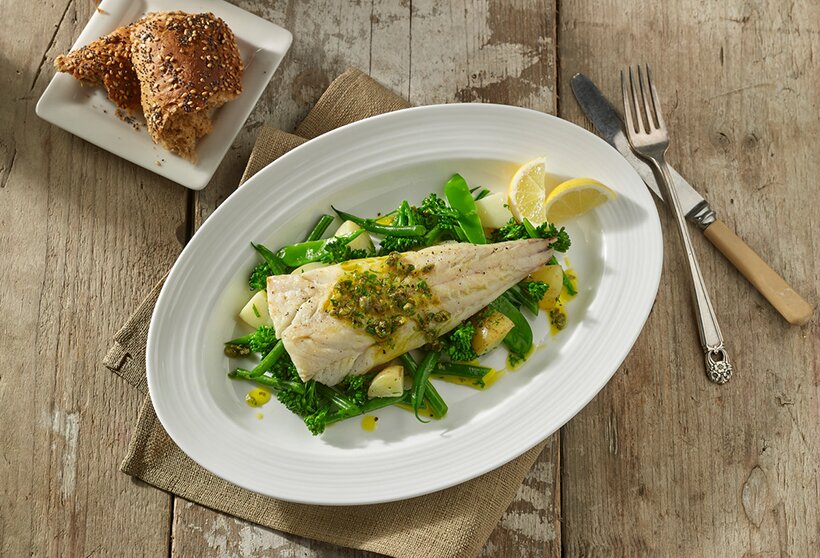
Many chefs, including Gordon Stott at the Purefoy Arms in Hampshire, believe that menus will include more seafood: “British restaurants will need to use more of our local seafood on their menus, such as cuttlefish, spider crab and bass, to help local fish suppliers.”
Chef Nathan Outlaw also thinks we’re set to see a larger range of species: “I think Brexit could give us more variety. Not as much produce will be going to Europe, so you would think it would become more affordable. But it is a bit early for us to know for sure.”
The best-case scenario from chef Tommy Heaney of Heaneys in Cardiff is that prices may go down. He says: “It’s important to try and look at the positives of Brexit: the quality of fish is going to be better, we will have our pick from the best rather than it getting shipped out abroad, and hopefully prices will reflect that.”
Take the bait
With economics always a concern, operators could look beyond mainstream fish and seafood options to those that offer good value for money and lend themselves to easy preparation, suggests Gray at Seafish.
Consumers in the UK have a tendency to focus on five species – salmon, tuna, cod, haddock and prawns, he says. “As a restaurant chef or operator you should consider some of the lesser-known species, such as coley, pollock or John Dory,” he suggests.
Blind taste tests with consumers regularly cite hake as the tastiest, and a value for money species is mackerel, which can be simply pan-fried or grilled and served with lightly boiled new potatoes and a leafy salad.
Seabass is also a good choice due to its soft texture and taste, says Ennevor Yap, director at Wing Yip: “It stands out well on its own, but can also take on an array of strong flavours, which is why it is particularly prevalent in Oriental cooking.” Squid and crab also lend themselves well to faster solutions in the kitchen, he adds.
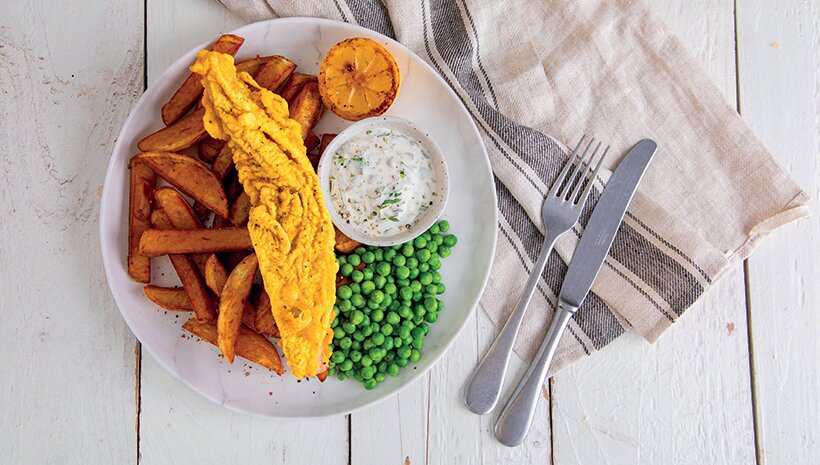
There are many frozen species that caterers might not have included on menus previously, suggests Joel Carr, development chef at Young’s Foodservice, that can be a sound economic choice: “As well as helping with menu planning, reducing waste and improving portion control, using frozen seafood also means that caterers can offer a wider variety of species on menus year-round without comprising on quality.”
Young’s offers hake and MSC wild Alaska pollock fillets, which have a mild taste and softer texture.
Sustainability is another key concern for seafood menus, as today’s consumers want to know about provenance. Young’s, for example, has a Fish for Life responsible sourcing programme to reassure customers.
However, Hans Frode Kielland Asmyhr, UK director of the Norwegian Seafood Council, says it is not always clear which fish is sustainable: “When it comes to seafood, locally caught does not always mean sustainably caught. In fact, finding cod and haddock that has been sustainably caught in UK waters can be difficult.”
Norway’s white fish are consistently available and subject to the highest sustainability standards, with the Norwegian Coast Guard spending around 70% of its resources making sure fishing activities are carried out at the right time and in the right areas, he says.
Gray at Seafish says that a good fish supplier should be able to advise on sustainable choices, and there are industry bodies that can assist on issues of responsible sourcing, including Seafish and the Marine Stewardship Council.
Ross Mitchell, founder at fish supplier London Smoke & Cure, says his solution is to keep the supply chain as short as possible. “For our salmon we work with our own supplier to source fish from farms that have better records on things like mortality rate and chemical usage, and they use industry and Scottish government data to achieve this.”
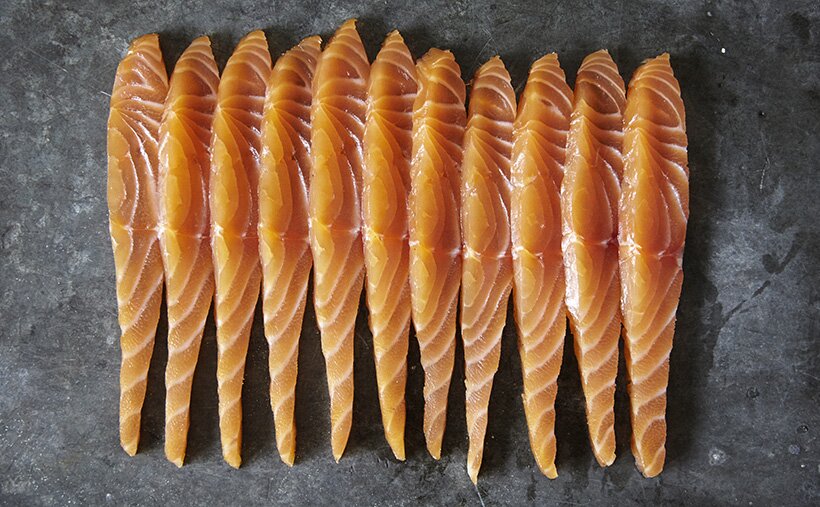
Knowledge is power
Success with a seafood menu also depends on making sure that restaurant staff understand any issues around sustainability and species. With many consumers unsure about fish and shellfish, equipping serving staff with some outline product knowledge of various seafood can also help in persuading customers to choose one of the lesser-known options on a menu.
It’s a route the Alaska Seafood Marketing Institute is taking. Alaska is a world model for sustainability, it says, and sustainability was written into the Alaska Constitution when Alaska became a part of US. The Institute has developed a free online training course called Seafood University, which aims to educate chefs, school cooks and development chefs about fish from Alaska, including wild salmon, wild Alaska pollock, flatfish species such as yellowfin sole, and shellfish including king crab and weathervane scallops. Upon successful completion of the course, participants will be awarded a certificate of achievement.
Educated staff can help inform customers about the provenance and taste of seafood options, and this sort of information can also be included on a menu or point of sale materials to help customers choose. A daily ‘Catch of the Day’ specials board can promote fish and shellfish to your customers, without the restrictions of a permanent printed menu, suggests Gray.
Offering free bite-size samples of different species on certain days to encourage customers to try something new, or maybe a lesser-known ‘species of the week’ at a promotional price, are initiatives that could also work well.
With the end of lockdown in sight, it’s time for chefs to rise to new challenges and experiment, and consumers will be keen to order exciting seafood dishes in lieu of an overseas holiday or the classic fish dishes that they have been missing out on.
Finspiration
Gordon Stott, chef, the Purefoy Arms, Hampshire
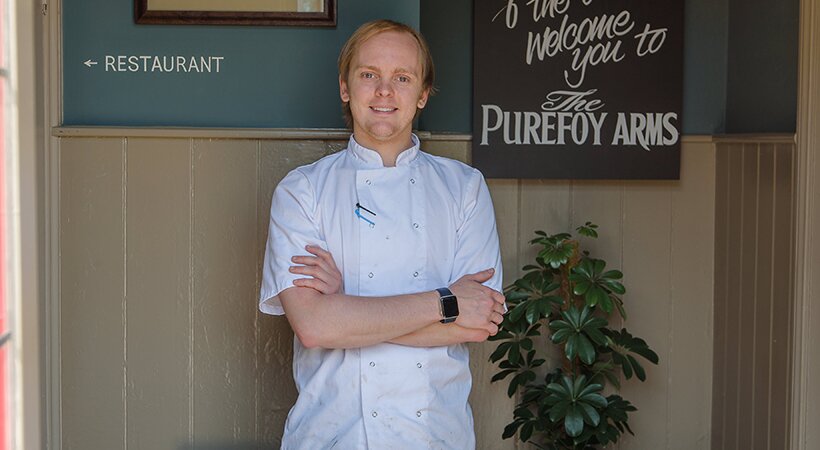
“We work with our suppliers to find the best seasonal and sustainable seafood possible. All fish is delivered daily to our restaurant.
As a pub restaurant we sell a lot of fish and chips, but our most popular dish, when it is in season, is hand-dived scallops with pickled cucumber. One of my favourite fish dishes is monkfish wrapped in prosciutto with fennel cream, curry oil and a pea and tomato concasse.
A dish on our reopening menu will be shellfish ravioli, fried cuttlefish and a cider and fennel cream, using the ink from the cuttlefish to colour the ravioli jet black.”
Simon Walsh, chef, Longsands Fish Kitchen, Tynemouth, Tyne & Wear
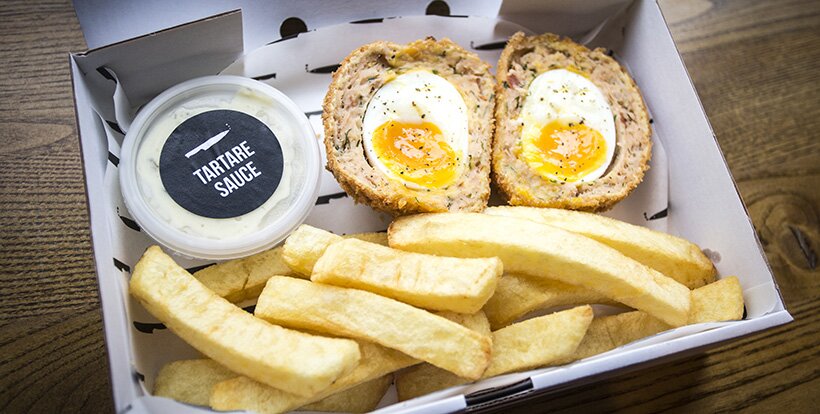
Longsands Fish Kitchen serves daily changing fish in its Tynemouth seafood restaurant as well as chip shop staples to take away. Two of its most popular dishes are a shrimp burger and a fish pie. Another best-seller is its LFK fishcake, which combines salmon, smoked haddock, cod, mustard, herbs and Gruyère cheese, priced at £6 for two.
“We went for the quality element,” says Walsh. “I think people underestimate fishcakes.”
Suppliers
Alaska Seafood Marketing Institute www.alaskaseafooduniversity.co.uk
Marine Stewardship Council www.msc.org
Norwegian Seafood Council en.seafood.no/
Seafish www.seafish.org
Wing Yip www.wingyip.com
Young’s Foodservice www.youngsfoodservice.co.uk



















